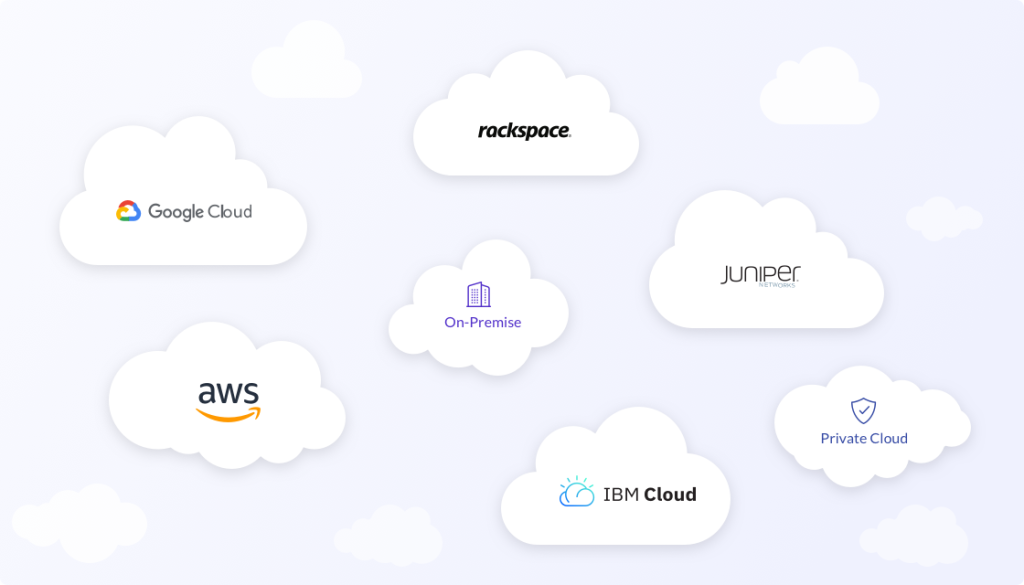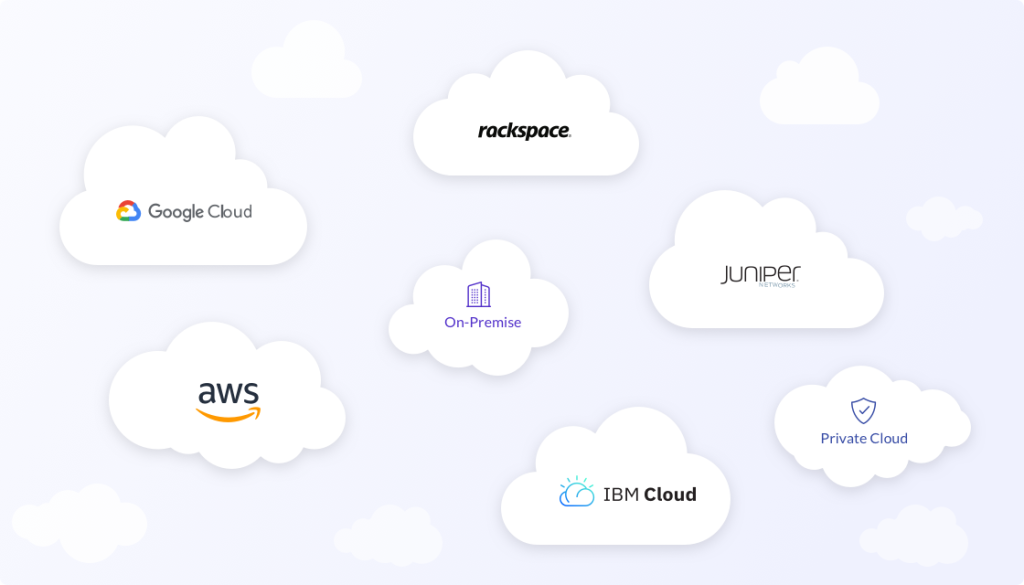Abstract: The hype and publicity surrounding cloud computing seem to have subsided. Cloud computing technologies have become disruptors across various industries and have now emerged as a widely accepted standard—the dominant delivery model. As a result, most in the IT industry now understand the benefits of running business operations in the cloud. Achieving security, scalability, flexibility, resilience, and cost control are all key priorities for businesses migrating to the cloud.
If businesses are building new applications or creating new organizations from scratch, adopting cloud computing is often a wise choice for their delivery approach. This is emphasized in a recent report by research firm Gartner, which found that most cloud computing projects are new implementations.
Cloud computing for building new applications is now quite mature. Some businesses always need new software, whether it’s large new applications or smaller applications on the system’s edge. When faced with the decision of where to run these applications, an increasing number of businesses are opting to move them directly to the cloud. If a business plans to migrate all of its operations to the cloud, they can do so by leveraging cloud services from public providers like AWS and Azure.
How to Move Applications to the Cloud
For businesses with large, significant applications in their data centers, moving applications to the cloud can be more complex.
Rebuilding existing, organically grown applications and ensuring the new versions deliver exactly the same results as the old ones is no small task. Creating and testing data presents challenges, especially when identifying edge cases where computational differences may lead to varying results.
Testing applications under time constraints is particularly difficult. For example, interest calculations in banking, credit card applications, or utility billing and reporting systems can only be tested during specific periods. Since bills are due at specific dates and require automatic follow-ups after these dates, the testing scenarios are time- and date-dependent.

In other cases, the complexity and risk may be even greater. For example, in insurance and banking systems, the complexity and risk of the logic within applications are much higher, as the logic itself is a product sold to external clients. In other words, the way an insurance policy stipulates payout conditions is built into the internal software and reflected in the contract signed by customers. If the application is rebuilt in the cloud, and any changes in the code substantially affect the policy rules, the insurance company could potentially breach the contract.
Cloud Computing: Rehosting, Re-platforming, and Re-factoring
In short, businesses should not rewrite applications lightly. So, what should companies do if they need to eliminate the expensive on-premises infrastructure without changing their applications?
If possible, businesses should make as few changes as possible, or ideally no changes, by rehosting and migrating their applications to the cloud. Afterward, they can modify the applications once they are running in the cloud, which is still more convenient and cost-effective than running these applications in a data center. Businesses should move their applications and support structures to the cloud as soon as possible and then focus on redevelopment.
It’s important to note that regardless of whether businesses move applications to the cloud, they will still need to modify existing applications. For example, privacy data regulations like GDPR and other regulatory changes force many businesses to review and modify their applications to ensure compliance. If changes are necessary, businesses need to build a testing environment. If the application runs in a data center, the testing environment must reside there as well, incurring operational costs and management overhead, even when not in use. Therefore, it’s better to run it in the cloud and only pay for the resources consumed.
When applications are in the cloud, businesses can also create testing environments there. Running development and testing in the cloud is much cheaper, and the testing environment can be shut down when not in use.
Using the Right Tools
Businesses need to start the rehosting and direct migration to the cloud using migration tools such as AWS Endure or Azure Site Recovery (ASR). These tools, initially designed for disaster recovery in the cloud, allow software and data to be replicated into the cloud. Additionally, data can be synchronized with live systems until businesses are ready for a real-time cloud version.
For example, suppose a company has an application running on an Oracle database and wants to move it to the AWS cloud infrastructure. The company can set up the cloud environment, application, and database, and replicate data into the new cloud environment. The company will need to test every manually created element, such as table structures, indexes, and permissions, to ensure the replica operates as expected. This testing must occur before migrating the data and switching over, while keeping the original system in real-time operation.
Achieving Cost-Effectiveness
Clearly, cloud migration is not as easy as building applications directly in the cloud. For a large company with thousands of business applications, moving the entire portfolio to the cloud can be a daunting task. If this results in inefficiencies, it can undermine the cost-effectiveness of the cloud migration business case.
The key is that cloud migration needs to make business sense. If there are advantages to the cloud, it makes sense to move as soon as possible. When a business is ready to migrate an application running in its data center to the cloud, it should not delay the process—given the limited shelf life of each application, taking too long may lead to a loss of value.
Businesses looking to transition to cloud computing should not fear the change. If they follow the rehosting, re-platforming, and re-factoring model with experienced partners, they will maximize their chances of success and quickly reap the benefits.
